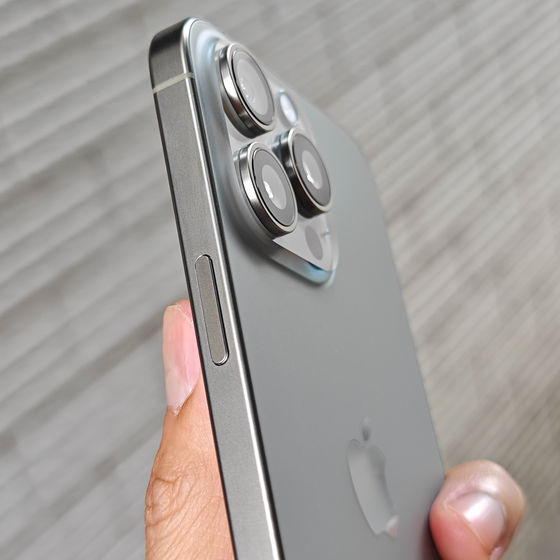Apple uses tiny barcodes to track failures in display glass manufacturing and successfully reduces costs by tens of billions of yen

How a Hidden Bar Code in iPhone Screens Saved Apple Hundreds of Millions of Dollars — The Information
https://www.theinformation.com/articles/how-a-hidden-bar-code-in-iphone-screens-saved-apple-hundreds-of-millions-of-dollars

Apple hides barcodes in every iPhone screen
https://appleinsider.com/articles/23/09/29/every-iphone-screen-has-a-barcode-to-prevent-a-manufacturing-scam
Apple Uses Tiny QR Codes to Track Display Manufacturing Failures and Cut Costs - MacRumors
https://www.macrumors.com/2023/09/29/apple-displays-tiny-qr-codes/
All iPhone displays are barcoded to prevent manufacturing scams - MacDailyNews
https://macdailynews.com/2023/09/29/all-iphone-displays-are-barcoded-to-prevent-manufacturing-scams/
The barcode etched on the surface of the iPhone's display glass is about the size of a grain of sand (about 0.2 mm) and can only be seen using special equipment. Apple has invested hundreds of millions of yen in the barcode etching process and the installation of laser scanning equipment to check the barcodes at Lens Technology and Biel Crystal, the two suppliers responsible for manufacturing the iPhone cover glass. The Information reports.
Sources say the barcode etched into the cover glass is a matrix of 625 laser-embedded dots, which are not placed in the same location on every iPhone. However, there have been reports that the iPhone display could break from a certain part of this barcode. Apple seems to be addressing this issue by using a new scanning technology that uses a special microscope lens, combined with a ring light, to prevent barcodes from being etched too deeply into the glass.
There are two barcodes on the cover glass, one on the front and one on the back, one to track down the defective cover glass and the other to check which company supplied it. It seems that it is intended for doing. The presence of a second barcode may lead to determining which step in the cover glass molding process is contributing to the defect.
Please note that Apple uses Corning glass, but since Corning glass is molded with Lens Technology and Biel Crystal, etching processing equipment and scanning equipment have been introduced at these factories.

Using this system, Apple will know exactly how many cover glasses Lens Technology and Biel Crystal have produced, and will know exactly how much material was wasted due to defects.
According to people who provided information to The Information, before the introduction of barcodes, these cover glass manufacturers had a waste rate of 30%; with the introduction of barcodes, they were able to reduce the waste rate to 10%. doing. Since Apple pays production costs to these suppliers, the introduction of barcodes has lowered the waste rate, successfully reducing costs by tens of billions of yen.
In addition, Apple started etching barcodes on display glass from 2020. However, barcode-based defect tracking systems were introduced for other iPhone components, primarily metal parts, even before the cover glass.

Related Posts:






